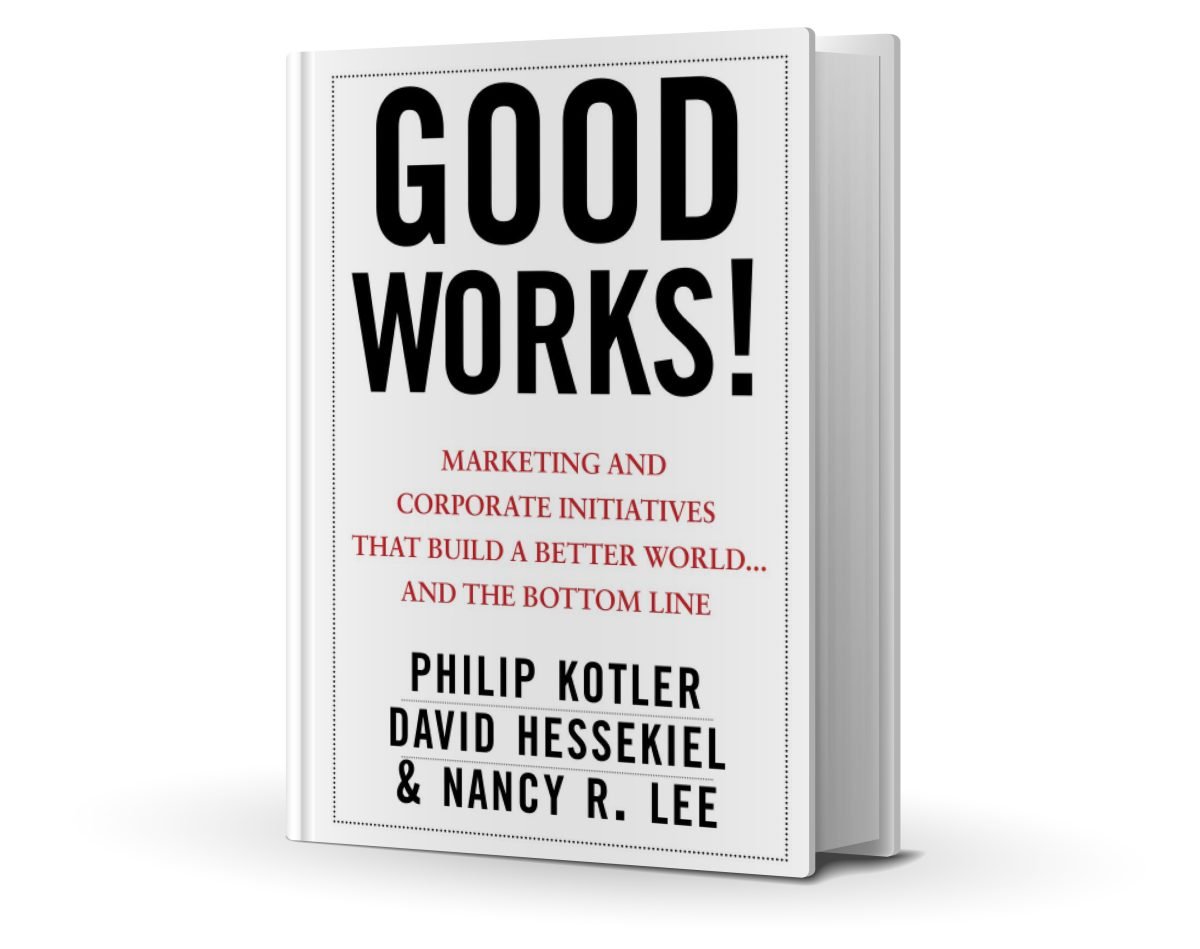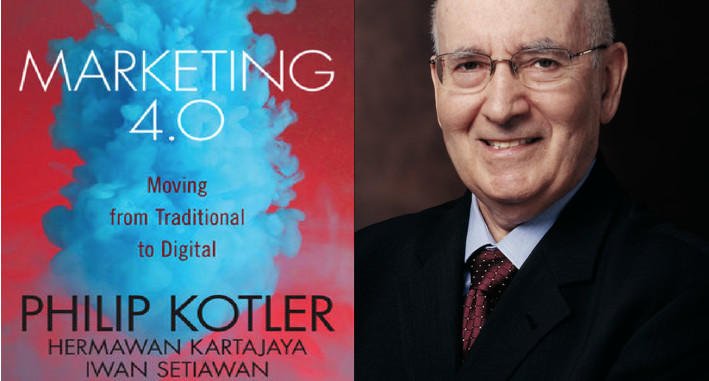In today’s marketplace, it is no longer enough for companies to focus solely on maximizing profits. As Philip Kotler and his co-authors emphasize in Good Works!: Marketing and Corporate Initiatives that Build a Better World…and the Bottom Line, “doing well by doing good” is far more than a catchy slogan. Companies that apply rigorous strategies to create effective corporate social responsibility (CSR) programs can drive positive social change and see notable returns on their bottom line.
The New Expectation: Standing for Something
In a business landscape shaped by rapid communication and heightened consumer awareness, it is increasingly evident that a company must stand for more than its quarterly earnings. Corporate accountability regarding social and environmental impact has become a “profound” necessity.
Why the shift in focus? One major factor is the decentralization of communications through digital platforms. News—both good and bad—spreads quickly, and consumers can amplify their support for or criticism of companies in real time. Therefore, transparency and authenticity are crucial. By integrating socially responsible actions into their core business strategy, companies build trust, enhance brand loyalty, and protect themselves against reputational risks.
Defining “Good”: An Umbrella of Terms and Approaches
Businesses sometimes stumble over the variety of labels and definitions in the world of corporate social good—corporate citizenship, philanthropy, community involvement, global citizenship, and more. Kotler clarifies these terms under one unifying concept: Corporate Social Responsibility (CSR), which he defines as a commitment to improve community well-being through discretionary business practices and contributions of corporate resources.
Within this broad CSR umbrella, marketing and corporate social initiatives are the specific activities that a company undertakes to strengthen its business while supporting social causes. Notably, these initiatives come in distinct but often complementary forms:
- Cause Promotion
Providing funds or resources to increase awareness of a social issue or to encourage participation in a cause (e.g., a corporation sponsoring an awareness campaign for early cancer detection). - Cause-Related Marketing
Linking product sales or consumer actions to charitable contributions. For instance, donating a portion of each sale to a particular nonprofit for a defined period. - Corporate Social Marketing
Supporting or creating behavior-change campaigns focused on improving public health, safety, or the environment. An example might be a fast-food company running a nutrition education campaign that encourages healthy eating habits. - Corporate Philanthropy
Direct contributions to a charity or cause through cash grants, donations, or in-kind services. This is the most traditional form of corporate giving. - Community (Workforce) Volunteering
Encouraging employees to volunteer in the community, with the company providing support such as paid volunteer time or matching gifts. - Socially Responsible Business Practices
Integrating social and environmental considerations into day-to-day operations. Examples include reducing packaging waste, ensuring fair labor practices in the supply chain, or adopting environmentally friendly manufacturing processes.
Why It Matters: Benefits for Both Business and Society
When done correctly, social initiatives yield significant benefits:
- Strengthened Brand Positioning and Image
Aligning with a cause helps a company stand out in a competitive market, ensuring that consumers recognize and trust the values behind the brand. - Increased Sales and Market Share
Cause-related marketing can incentivize consumers to choose one product over another when a purchase includes a direct social benefit. - Enhanced Corporate Clout
Public perception of a company improves when it is seen as committed to the public interest, giving the company more influence in its industry and community. - Improved Employee Morale and Retention
When employees see their employer making a positive difference, they often feel more loyalty, motivation, and pride in their work. - Reduced Operating Costs
Environmentally responsible business practices—like energy conservation—can directly reduce operational expenses.
Ultimately, CSR programs foster goodwill, customer loyalty, and efficiency. These factors converge to support the financial performance of the company.
Keys to Successful Social Initiatives
1. Align with Company Values and Core Expertise
When selecting a cause or designing a campaign, it’s vital to ensure a natural fit between the cause and a company’s brand identity, products, and expertise. For example, a technology firm might focus on expanding access to computers in underserved schools, capitalizing on its domain knowledge and helping a community need.
2. Forge Authentic Partnerships
Effective CSR often involves collaborating with nonprofits and community organizations. However, not all partners are created equal. Ideally, your partner should share or complement your values—and be willing to craft a unique angle on the cause that resonates with your brand. This ensures the relationship is mutually beneficial, with each partner contributing assets that the other may lack (such as funding, networks, or technical know-how).
3. Commit for the Long Haul
Short-term charitable drives can yield positive publicity, but the real impact (both social and financial) often requires a sustained, multi-year effort. Consumers can grow skeptical of one-off gestures, so consistency and follow-through are crucial to building meaningful trust and demonstrating real commitment.
4. Integrate Into Your Marketing Mix
Planning social initiatives involves a strategic approach similar to traditional marketing:
- Conduct a situation analysis (who are your stakeholders, what’s the social issue, and what resources can you offer?).
- Choose target audiences (e.g., customers, employees, or the broader community).
- Set clear behavior objectives (how do you want to inspire change?).
- Identify barriers and benefits (what stands in the way of desired behaviors, and what are the incentives?).
- Develop an integrated marketing strategy (use advertising, PR, digital platforms, and community events to spread the word).
5. Engage Employees Through Volunteering
Many corporations encourage workforce volunteering. This internal element can be key to a broader CSR strategy. By matching volunteer hours, giving employees paid time off to volunteer, or sponsoring local volunteer opportunities, companies create a culture of giving that boosts morale and professional development. Such programs also extend the company’s reach into the community, strengthening relationships and trust.
Making CSR Tangible
One of the most powerful ways to build goodwill is by ensuring the community can see and feel a direct benefit. Whether this is funding local health clinics, supporting environmental cleanup in a city park, or offering low-interest housing loans, visible outcomes create loyalty and goodwill that drive future support for the company’s products or services.
Moreover, focusing on highly relevant social issues—such as health, safety, education, or the environment—can produce more resonant campaigns. For example:
- Health: Initiatives tackling breast cancer awareness or healthy child development appeal to broad audiences.
- Safety: Campaigns around designated drivers or proper car-seat use can reduce accident rates and save lives.
- Environment: Projects promoting recycling, reduced packaging, and chemical-free production address a global priority.
Building Win-Win Partnerships
Kotler highlights that if organizations and nonprofits want to sustain substantial CSR programs over the long term, they must remember that corporate partners also need to get something in return. This mutual benefit can be financial (new revenue streams) or intangible (strengthening brand reputation). Companies looking for social impact partners should spend time understanding the partner’s marketing and PR objectives.
- Ask: What challenges does the partner face in gaining awareness or support for their cause?
- Learn: How can your company’s marketing clout and community reach best serve the partner’s mission?
- Collaborate: Co-create solutions where the nonprofit’s cause and the business’s interests intersect.
As consumers, employees, and communities increasingly expect corporations to “stand for something,” the benefits of robust, well-planned CSR initiatives are clearer than ever. By carefully selecting social issues that align with corporate values, forging authentic partnerships, engaging employees, and following a disciplined marketing approach, companies not only shape a better world—they also secure a stronger competitive position.
Philip Kotler’s insights in Good Works! remind us that doing well by doing good is both ethical and practical. Strategic corporate social responsibility is no longer a sideline activity or a quick public relations fix. It is a vital business imperative that simultaneously fuels organizational growth and addresses pressing social and environmental challenges. When companies embrace CSR in this balanced, integrated way, everyone—from the business to the community—comes out ahead.
[ Note: This article is based on insights from Good Works!: Marketing and Corporate Initiatives that Build a Better World…and the Bottom Line by Philip Kotler.
To read my Kindle highlights for more details, click here.
If you’re interested in discovering more about how businesses can drive both social change and profit, we encourage you to explore the full book. It’s a highly recommended read for anyone looking to “do well by doing good.” ]







